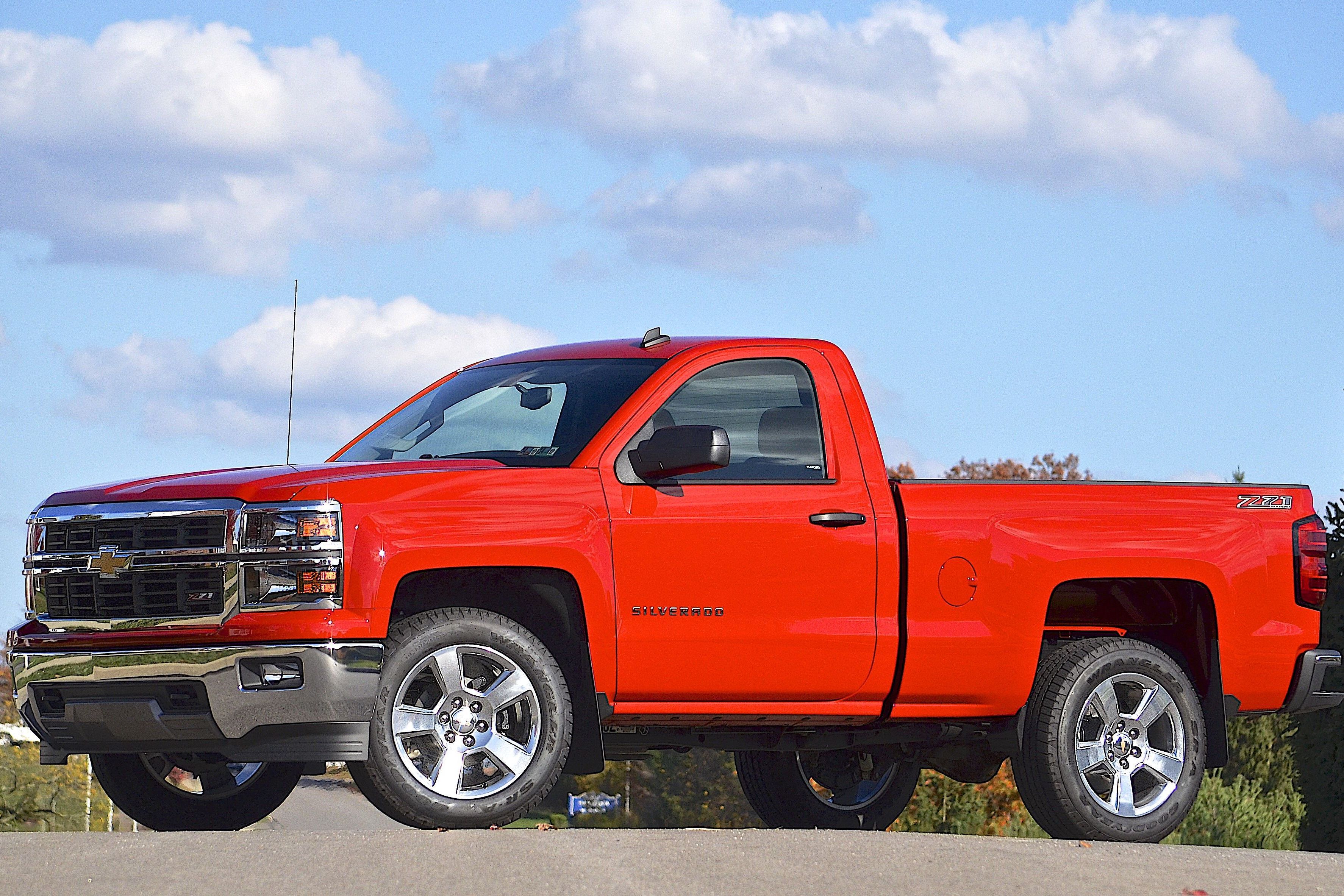2006 Chevy Silverado Single Cab Short Bed

The 2006 Chevy Silverado Single Cab Short Bed is a workhorse, beloved for its simplicity and utility. However, like any vehicle, it's prone to certain issues as it ages. This article will cover common maintenance points, troubleshooting advice, and real-world problems specific to this model, offering practical solutions for both car owners and mechanics.
Regular Maintenance: The Key to Longevity
Preventative maintenance is crucial. The 2006 Silverado benefits from sticking to a strict maintenance schedule, even more so than newer vehicles. Here's a rundown:
- Oil Changes: Every 3,000-5,000 miles depending on oil type and driving conditions. Use the correct oil weight as specified in the owner's manual (typically 5W-30). Neglecting oil changes leads to sludge buildup and engine damage. Example: Similar to neglecting oil changes in a 2008 Ford F-150, you'll experience decreased engine performance and potential bearing failure.
- Coolant Flush: Every 30,000 miles or 2 years. Old coolant becomes acidic and corrodes the cooling system. Symptom: Overheating, rusty coolant. Solution: Complete coolant flush and fill with the correct type (Dex-Cool).
- Transmission Fluid Change: Every 50,000-60,000 miles. This is often overlooked but vital for smooth shifting and transmission longevity. Symptom: Rough shifting, slipping gears. Solution: Drain and fill the transmission fluid, replacing the filter if necessary. Consider a professional flush if the fluid is severely contaminated.
- Brake Inspection: Regularly inspect brake pads, rotors, and lines. Symptom: Squealing brakes, reduced stopping power. Solution: Replace worn brake pads and rotors. Check and replace brake lines if corroded.
- Tire Rotation: Every 6,000-8,000 miles to ensure even wear.
Troubleshooting Common Issues
1. The "Service 4WD" Light
Symptom: The "Service 4WD" light illuminates on the dashboard. Four-wheel drive may not engage or disengage properly.
Possible Causes:
- Faulty Transfer Case Encoder Motor: This motor controls the shifting between 2WD, 4HI, and 4LO.
- Bad Transfer Case Control Module: This module receives signals from the selector switch and controls the encoder motor.
- Wiring Issues: Damaged or corroded wiring can disrupt communication between the components.
- Faulty 4WD Selector Switch: A malfunctioning switch can send incorrect signals.
Solutions:
- Scan for Codes: Use an OBD-II scanner to retrieve diagnostic trouble codes (DTCs) related to the 4WD system. This will help pinpoint the problem area.
- Check Wiring: Inspect the wiring harness and connectors for damage or corrosion. Clean corroded connections with electrical contact cleaner.
- Test the Encoder Motor: Use a multimeter to test the encoder motor's resistance and voltage. Replace if faulty.
- Test the Selector Switch: Use a multimeter to test the selector switch's continuity in different positions. Replace if faulty.
- Replace the Transfer Case Control Module: If all other components check out, the control module may be faulty.
Example: A similar issue in a 2005 GMC Sierra often stems from a failing encoder motor. Replacing it usually resolves the problem.
2. Fuel Pump Failure
Symptom: Engine cranks but doesn't start. Fuel pressure is low or non-existent.
Possible Causes:
- Worn Fuel Pump: After years of service, the fuel pump can simply wear out.
- Clogged Fuel Filter: A clogged fuel filter restricts fuel flow to the pump, causing it to overheat and fail.
- Faulty Fuel Pump Relay: A bad relay can prevent the fuel pump from receiving power.
Solutions:
- Check Fuel Pressure: Use a fuel pressure gauge to check the fuel pressure at the fuel rail.
- Check the Fuel Pump Relay: Locate the fuel pump relay in the fuse box and test it using a multimeter. Replace if faulty.
- Replace the Fuel Filter: A relatively inexpensive and easy task that can prevent fuel pump failure.
- Replace the Fuel Pump: If the fuel pump is not providing adequate pressure, it needs to be replaced.
Example: Similar to fuel pump failures in older Toyota Tacomas, a lack of fuel pressure is a telltale sign of a failing pump.
3. Rust Issues
Symptom: Rust appearing on the body panels, frame, and undercarriage. Particularly prevalent in areas with road salt.
Possible Causes:
- Road Salt: Salt used to de-ice roads is highly corrosive.
- Moisture: Exposure to moisture accelerates rust formation.
- Lack of Rust Protection: Insufficient rustproofing allows rust to develop.
Solutions:
- Regular Washing: Wash the vehicle frequently, especially during winter, to remove salt and debris.
- Rustproofing: Apply rustproofing products to protect the metal surfaces. Undercoating is particularly effective.
- Repair Rust Damage: Repair any existing rust damage promptly to prevent it from spreading. Sand down the rust, apply a rust converter, and repaint the affected area.
Example: Similar to rust problems in older Jeep Wranglers, the Silverado's frame can be vulnerable to rust, requiring careful inspection and treatment.
Keeping Your 2006 Silverado in Top Condition
Beyond regular maintenance, consider these tips:
- Address Issues Promptly: Don't ignore warning lights or unusual noises. Catching problems early can prevent them from escalating into more expensive repairs.
- Use Quality Parts: When replacing parts, opt for high-quality components from reputable manufacturers. This will ensure better performance and longevity.
- Regular Detailing: Keep the interior and exterior clean to prevent damage and maintain the vehicle's appearance.
- Consider a Scan Tool: Investing in a decent OBD-II scan tool allows you to read and clear trouble codes, providing valuable insight into your truck's health.
The 2006 Chevy Silverado Single Cab Short Bed is a reliable truck when properly maintained. By following these guidelines and addressing issues promptly, you can keep your Silverado running strong for years to come.
